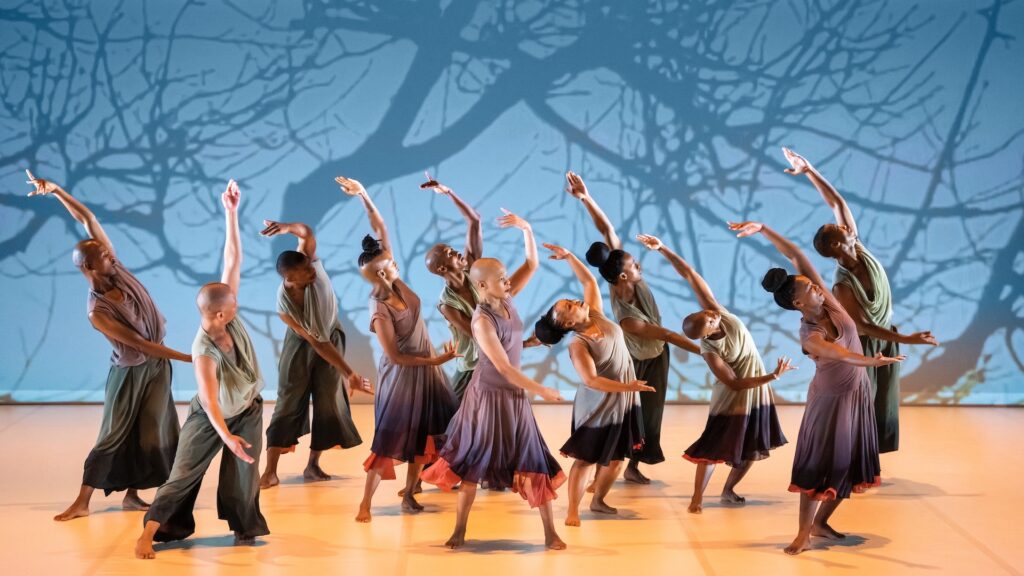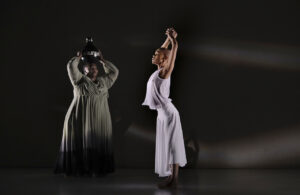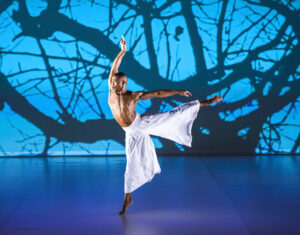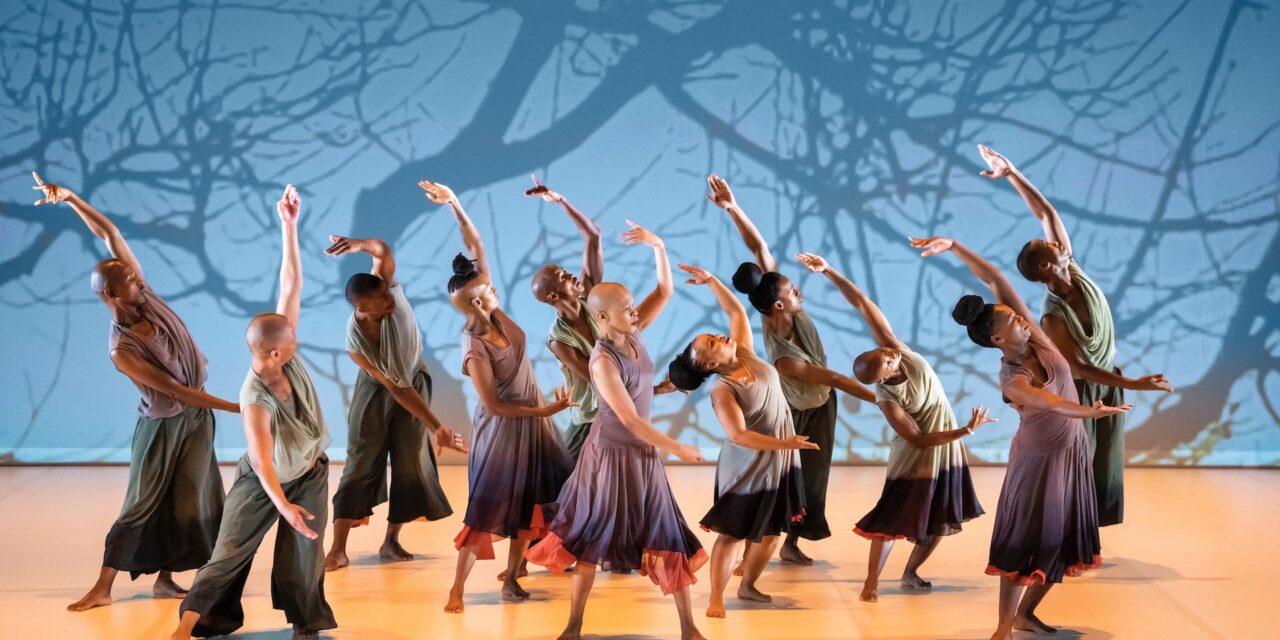
28 – 29 March
This was my first experience of dance inspired by Tswana culture. Indeed, the appeal of the show was largely due to it being an opening of the mind to something new, fresh and different. Even the feted choreographer, Dada Masilo, whose heritage stems from Botswana stated that prior to developing this project she had never studied Tswana movement in her dance before. Therefore, I had little idea what to expect. The promotional material, however, did make it clear that the inspiration for The Sacrifice came from Pina Bausch’s interpretation of Stravinsky’s The Rite of Spring. It turned out that the concept was a transposition of Russian pagan ritual as re-imagined in southern Africa. Central to the ritual in both the Russian and Tswana version is the sacrifice of a maiden, who dances herself to death in order to free spring from the confines of winter.
Other than the central idea there is little reference to Stravinsky and Diaghilev’s 1913 masterpiece. Only the prominence of a projected tree as a backdrop serves as a token homage. The music was an entirely new composition, a collaborative work performed the four composers themselves, Ann Masina, Leroy Mapholo, Tlale Makhene and Nathi Shongwe. As with Stravinsky’s score, it was a complete success in itself, even without the dance this was music that can be enjoyed as a performance in its own right. The rhythms were expressive, driving, pulsating at times, and intermixed with narrative percussion, birdsong, African chant and haunting sorrowful melody. The use of a fiddle and keyboard afforded an approachability to the European ear, but the voices and percussion were pure African and ensured an underpinning authenticity. The dance ends to a lament sung by Ann Masina in a powerhouse performance of immense vocal talent. Masina can elide from Afro-soul to opera in a semi-quaver without letting a single audience member’s emotion slip from her vice-like grip. When such soulful passion is matched through the physical expression of dance it is mesmerising and utterly moving.

The dancing was as synchronised, disciplined and choreographed as a traditional ballet, but the leaps and lifts and en pointe gave way to smaller and flatter movements that delivered the narrative in a more intimate way. I cannot pretend that I understood all the narrative elements, but they did convey emotion where understanding was nebulous. The movements evoked a strong connection with nature, birds, animals. The collective choreography conveyed communal experience and empathy, and there were occasional expressions of humour too.

This was a relatively short performance of just over an hour where very little happens in terms of stage and lighting, as the focus, quite rightly, is on the qualities of the music and dance. I confess that much of the esoteric narrative was lost on my Euro-centric sensibilities. However, it did not matter one iota, for the cultural and human beauty of the performance was entrancing in and of itself, surpassing understanding, and nourishment for the soul.
★★★★☆ Robert Gainer, 29th March, 2023
Photo credit: Tristram Kenton and John Hogg


